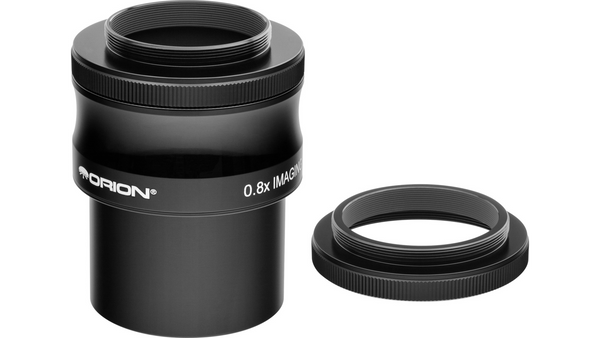





Why Purchase from All-Star Telescope?
Free Expert Support
Whether you are a first timer needing help with setting up or an enthusiast that can't quite make that one thing work, our expert staff are ready to support your needs. With decades of knowledge and first hand experience we've been there and we can help you through it!
Stress Free, Secure Transactions
You can trust purchasing and delivery with All-Star Telescope. All of our transactions are 100% secure and Level 1 PCI DSS compliant thanks to Shopify's ShopPay platform. For additional protection, we insure 100% of the value of every shipment we make. If it get's lost during shipment, we replace it. If it gets damaged during shipment, we replace it. We make sure your product arrives exactly as you would expect it to; we promise.
We also ensure privacy protection. We never keep any of your credit card information on file and any of your personal data is stored according to our policies.
30 Day Return Policy
Buy with confidence knowing that we accept returns up to 30 days after purchase. We want you to have something you will actually use and we are confident that we keep good quality products in our store with No Junk.
Price Match Promise
Shipping around for the best price is tough, we make it easier by offering the best pricing in the market. But if you find a better price on an in-store item somewhere else we will match it!
Product Description
Some of the most picturesque celestial objects are too large to fit in the field of view of an imaging refractor and camera. What's more, most deep space objects are very faint and therefore challenging to image without taking long exposures. The Orion 0.8x Focal Reducer for Refractors, designed for photographic use only, addresses these obstacles by increasing your refractor telescope's field of view while reducing the effective focal length by a factor of 0.8x, thereby providing a more optically "fast" focal ratio to increase astrophotography efficiency.
Using the 0.8x focal reducer provides a larger field of view and enables capture of vividly detailed astrophotos in less time. What's more, it flattens the field, correcting for field curvature to improve star sharpness at the edge of the frame.
We've upgraded the design to accommodate interchangeable thread-on camera adapters. We include both male M42 (standard T thread) and M48 (wide T thread) camera adapters. The M48 adapter is recommended for use with full-frame camera sensors. Depending on which adapter you use, you will need the corresponding T-ring (M42 or M48) for your specific camera model (sold separately).Both adapters come with a thread-on aluminum dust cap.
The Orion 0.8x Imaging Focal Reducer's fully multi-coated, 38mm clear aperture optics are housed in a machined, anodized aluminum body. Internal glare-threads provide maximum image contrast and brightness. It's compatible with refractors equipped with a 2" focuser, and requires 55mm of backfocus. When used with a DSLR and appropriate T-ring, you will not require any additional spacers. For use with an astronomical CCD or CMOS camera with less backfocus, you will need one or more spacer rings to achieve the 55mm distance between the Reducer and your camera's sensor.
You can further enhance your astrophotos by using 2" imaging filters with the Orion 0.8x Imaging Focal Reducer since its barrel is threaded for use with 2" filters.
Note: Unit weighs 6.2 oz.
Specifications
| User level | Advanced |
| Coatings | Fully multi-coated |
| Clear aperture | 38mm |
| Mounting | Threaded |
| Weight (oz.) | 6 |
| Warranty | One year |

